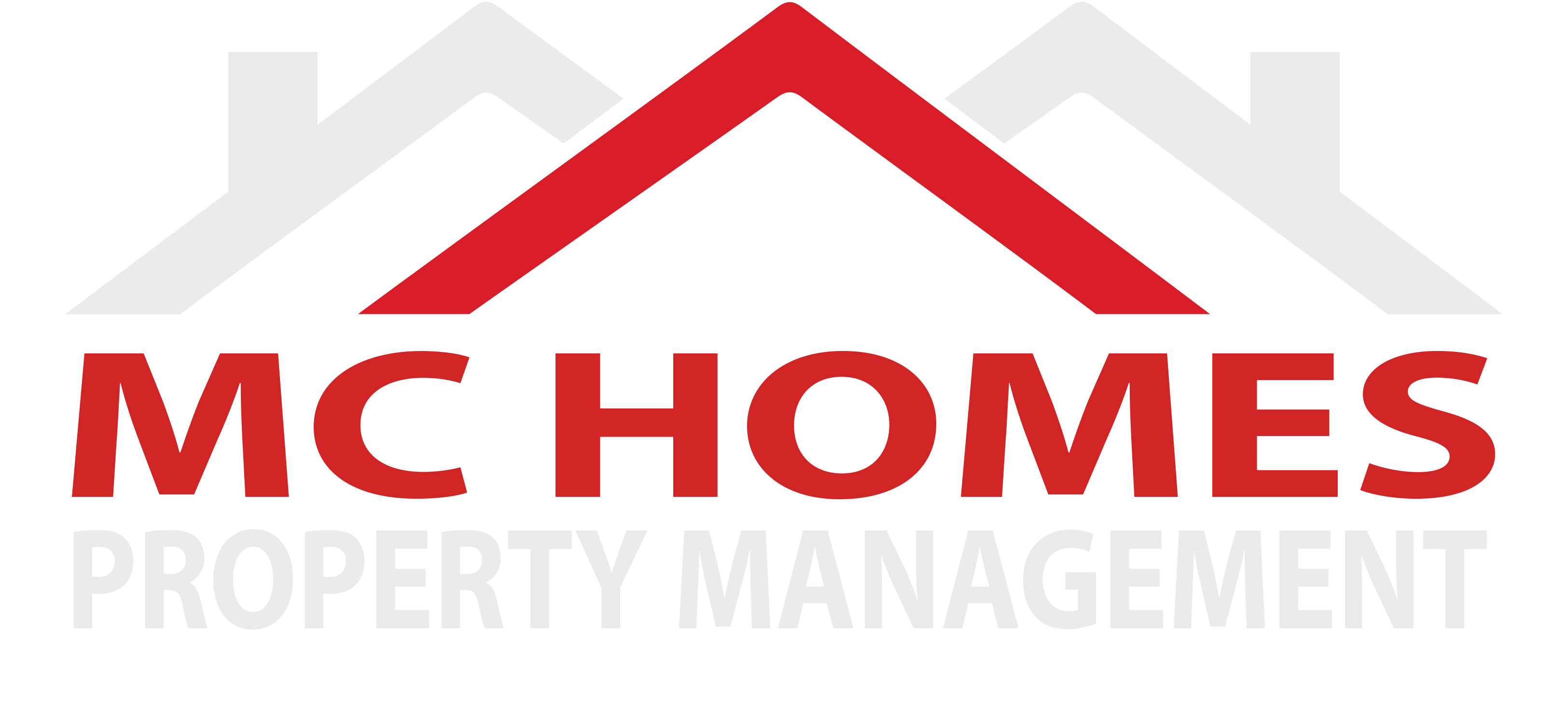Chapter 1: Understanding Parliamentary Procedure
Welcome to Chapter 1 of our training on parliamentary procedure! In this chapter, we’ll delve into the fundamental concepts of parliamentary procedure and why it’s crucial for conducting successful meetings.
Let’s start with the basics:
- What is Parliamentary Procedure? Parliamentary procedure is like the rulebook for meetings. It provides a structured way to run meetings, ensuring fairness, order, and efficiency. Think of it as the blueprint that guides us through the entire meeting process.
- Key Terms and Concepts
- Motions: These are proposals or ideas put forward by members during a meeting. They’re the building blocks of decision-making.
- Quorum: This is the minimum number of members required to be present for a meeting to conduct official business.
- Agenda: It’s like a roadmap for the meeting, outlining the topics to be discussed and the order in which they’ll be addressed.
- Minutes: These are the official records of the meeting, capturing what was discussed, decisions made, and actions agreed upon.
- Why Does Parliamentary Procedure Matter? Following parliamentary procedure ensures that everyone gets a fair chance to speak, decisions are made transparently, and meetings stay on track. It’s like having a set of rules that everyone agrees to play by, ensuring that meetings are productive and effective.
Throughout this training, we’ll dive deeper into each of these concepts, giving you practical tips and examples to help you navigate meetings with confidence and success.
So, buckle up and get ready to master the art of parliamentary procedure!


Comments are closed